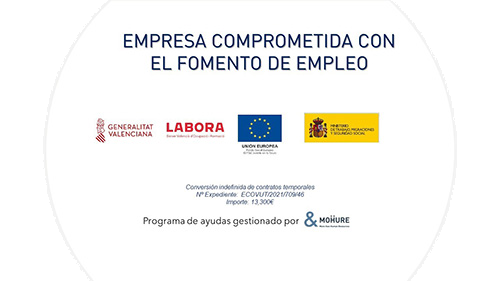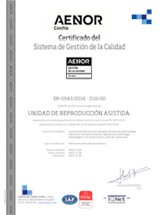Causes of male infertility
The Specialised Andrology Unit at UR HLA Vistahermosa is dedicated to the study of male infertility, providing a personalised and comprehensive response to each patient in the approach to their reproductive health.
It is important to emphasise that appropriate treatment is based on a correct diagnosis. Knowing the cause of sterility is fundamental, as it will allow us to indicate the best therapeutic option.
There are many factors that can influence a man’s reproductive capacity. Among them:
- Advanced age
- Hormonal alterations
- Genetic alterations
- Infections. Varicocele
- Immunological factors
- Mechanical factors (sexual dysfunctions)
- Toxic, medicamentous and occupational factors
- Unknown cause












